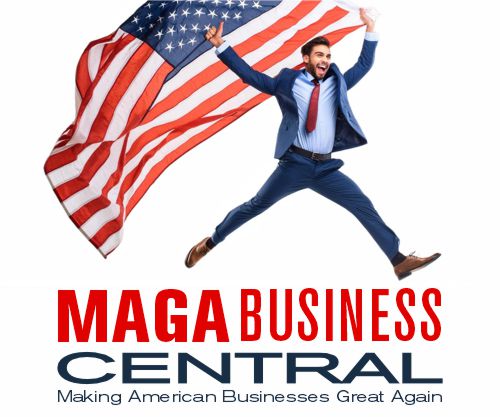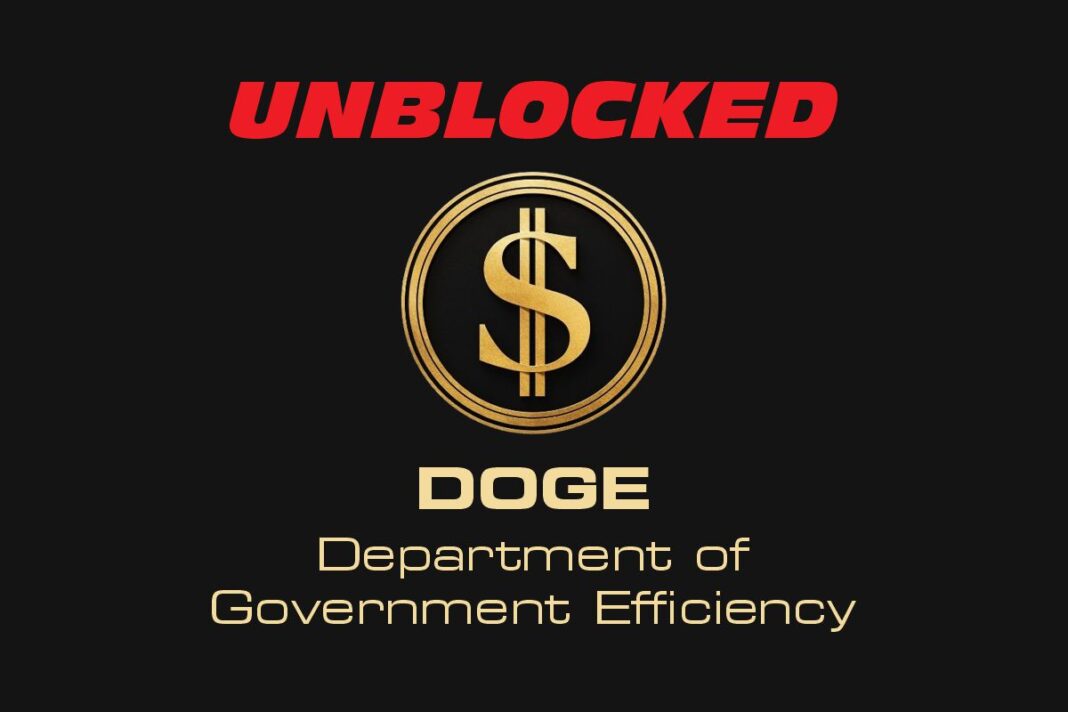
Commentary
In all the discussion of tariffs going on right now, one seldom hears mention of the “infant industry” argument. Yet for more than 200 years, this was considered the main argument in favor of tariffs. As the economics profession—and in general the whole world—has moved toward a position favoring free trade—for thee, not me—this concept that used to be emphasized in economics textbooks as the main and often only reasonable argument in favor of free trade has frequently been relegated to a brief mention.
The early arguments in favor of tariffs in the United States are often attributed to Alexander Hamilton in his “Report on Manufactures“ in 1791. The heart of the argument is that new industries in a country need temporary trade protection from foreign competition until they can achieve the expertise and efficiency to be able to compete on equal footing.
These arguments and the tariffs they supported were applied in the United States in the early 1800s to protect emerging manufacturing industries, especially textiles. They were used in Germany in the late 1800s to support steel and chemicals; in Japan in the 20th century for automobiles, electronics, and steel; in South Korea for automobiles and electronics in the 20th century; and in China in the late 20th century and early 21st century to support almost anything vehicular and high-tech.
Looking at the United States today, where domestic industries now produce vanishingly small numbers of antibiotics, television sets, textiles and shoes, cellphones, manual transmissions, and so forth, one could make the argument that these would be infant industries that would meet the standard for tariffs protection under that argument.
The caveat to this argument is that most economists would say once these industries get reestablished in the United States, they should then be removed in the name of the benefits of free trade and comparative advantage. Whether this can happen is anybody’s guess. Most data show the United States losing at least 6 million manufacturing jobs in the past 50 years. It will take time to see whether the country’s labor supply, infrastructure, and technology base can bring domestic industries back to the point at which a reasonable phasing out of tariffs could be implemented.
By Lucia Dunn





